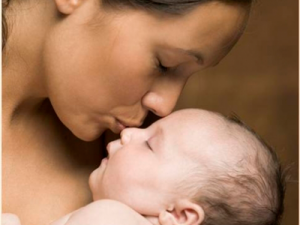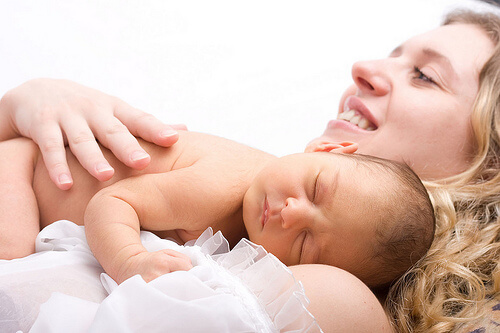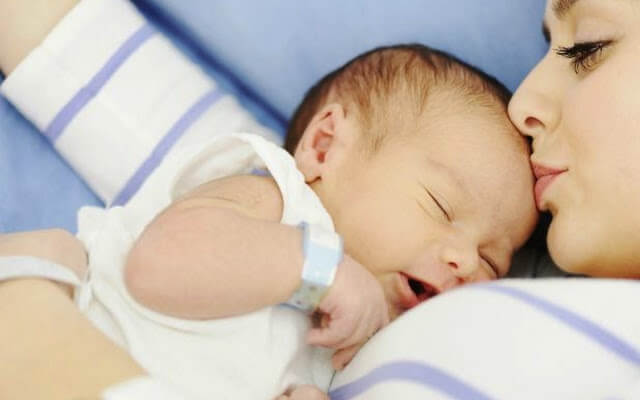What Is the Postpartum Period?

The postpartum period is understood as the 40 days following childbirth. Some believe the recovery time that a woman must go through to return to “normality” lasts a little longer. This period, also known as quarantine, is a crucial stage of changes in the female body. Postpartum is our topic of discussion today.
The first hours after birth: a sea of emotional changes.
The first few hours after the birth of a child is both magical and confusing for a mother.
There is what many mothers consider to be a moment of “loss” when they suddenly go from having a human being inside the womb to feeling completely empty.
Many mothers cry in dismay after giving birth to their children, after the realization that they are no longer pregnant.
The opposite happens to others. They feel overcome by a sensation of infinite relief. A feeling of relaxation, calm and well being. They also feel the happiness of having their newborn baby in their arms.
Postpartum period: 40 days or more?

With regards to the physical changes that occur after birth, it is important to know that the woman’s body begins to “separate” from the transformations undergone during pregnancy. Thus begins the process of returning to their normal physical and physiological conditions.
When speaking of the postpartum period, medical science defines it as the period between birth and the first menstruation after the female reproductive organs return to normality. In effect, that period is approximately 40 days.
Changes that occur during and after the postpartum period.
Although a woman has her first menstruation after giving birth and reaches the end of the postpartum period, this doesn’t mean she has completed her journey towards recovery.
The female body and mind need more time to return to their normal state.
After the woman gives birth she begins the process of weight loss. Water retained during pregnancy is eliminated as the weeks go by. After the first month with your newborn, you may have already experienced the loss of a few kilograms.
“There is no greater miracle than the miracle of life, nor is there a greater love than than that which resides in a mother’s heart” – anonymous.
Some discomforts such a lower back pain, constipation, difficult breathing, inflamed legs and hands and heartburn all become things of the past.
Hormonal functioning returns to its normal state. Human chorionic gonadotropin (a hormone that is measured in urine to check for pregnancy) disappears from urine and blood after the first week postpartum. Oestrogen and progesterone also return to normal.
Not all physiological functions return to their previous state. After delivery, the pituitary gland begins to secrete prolactin. It is the hormone responsible for the production of breast milk.
Changes also occur in the reproductive system. The uterus that increased in size considerably during gestation returns to its previous state. The vagina and ovaries also return to normal.
An appreciable change

Changes in the mother’s physical appearance are of the most noticeable at first glance.
The skin of the belly becomes somewhat flaccid. Hyper-pigmentation that was present in the face and facial hair disappear. Keep in mind that this process occurs differently for different mothers.
A woman’s recovery during and after the postpartum period is determined by her age and the presence of chronic aliments. Others factors include: If the delivery was through cesarean or the natural birth canal. The presence of pregnancy complications, as well as the food and care the mother received during pregnancy.
What is the postpartum period?
Although the postpartum period is determined by a quarantine. We must reiterate that this doesn’t mean that in 40 days you will have your figure, life and mind return to its previous state. For that you will need a lot more time.
Your reproductive system, hormonal functions and organs that undergo changes during pregnancy will return to their usual function after the 40 days.
Your body and mind, however, will need a few months and up to a year to return to their normal state.
Don’t worry, give yourself the time needed to go through the process. You and your child deserve it.
This text is provided for informational purposes only and does not replace consultation with a professional. If in doubt, consult your specialist.
